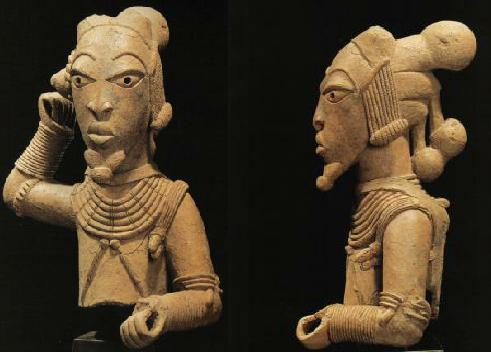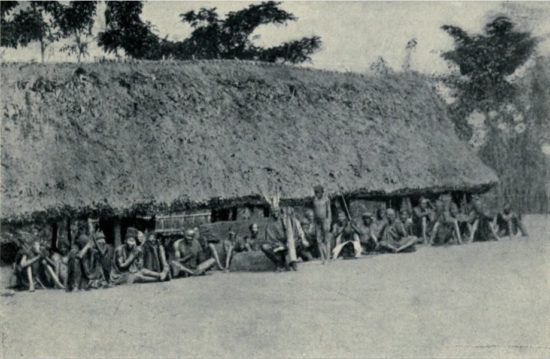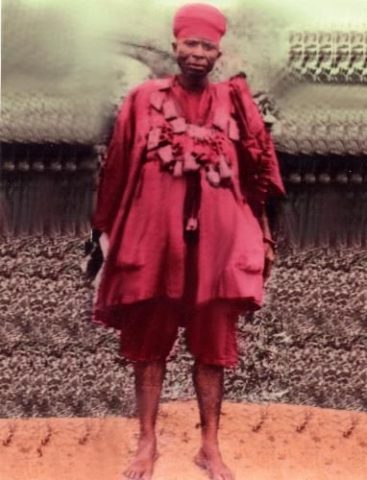Nok Culture – Ancient Human Race
Indigenes of Nok, Kaduna State of Nigeria were amused when human-size figurines were discovered in the region. The people were surprised, not because of the type of sculpture rooted out, but because of how advanced and extraordinary they were.
The name “Nok Culture” is attached to the figurines discovered in 1943 during a mining operation. Archaeologist Bernard Fagg named the figurine after the village “Nok.”
When these figurines were discovered, Nigeria was practicing a federal state with three regions, the Western, Eastern, and Northern areas.
Nok figurines were found all over the Eastern and northern regions of Nigeria, but more of these figurines were discovered in the village called Nok.
Some figurines were also discovered in Jos but not as much as those found in Nok’s village.
Due to Nigeria’s precious mineral resources, the country became a mining destination during the British colonization. Many artifacts were discovered during this time in Nigeria.
Historians believe that evidence at Taruga, the site in which most of the figurines and iron slag were found, suggests that they were moved from their original location to Taruga.
Before discovering the sculptures, the majority of West African people have been using Nok Culture figurine for centuries for rituals and traditional purposes.
So who are the Nok Culture
Archaeologists suggest that the Nok were living in the West Africa region at least 900 BC and disappeared mysteriously around 200 AD.
During the evacuation of some Nok figurines, archaeologists found several other artifacts like bracelets, knives. These findings were described as extraordinary and timeless.
But Yoruba traditionalist and historian have argued that the Nok Culture lived with the region’s new human race.
According to Yoruba tradition, the Nok culture is an ancient human race represented in West African culture to date.
The Nok had an external human organ feature. The differences in the characteristics are almost the same as what makes human beings different, except for the noticeable big ears, large eyes, thick lips, and small height.
They are known as “Egbere” in the western region due to their small size. The Nok range was from 2 to 4 feet tall.
Evidence also suggests that the terracotta sculptures discovered in the Eastern and Northern parts of Nigeria are of heroes or essential figures in society. It is in the tradition for people of the region to build statues of heroes and essential figures in the community.











